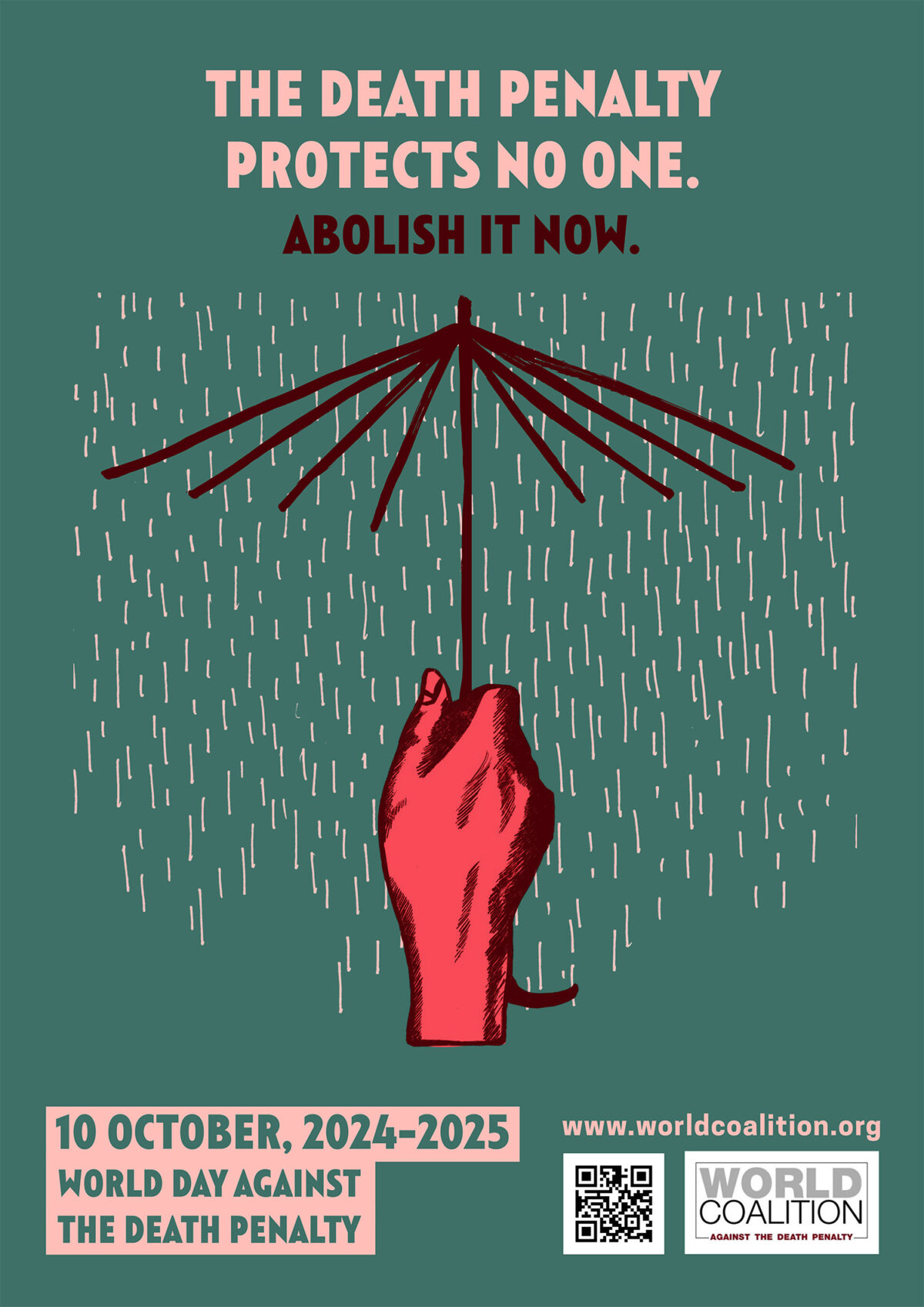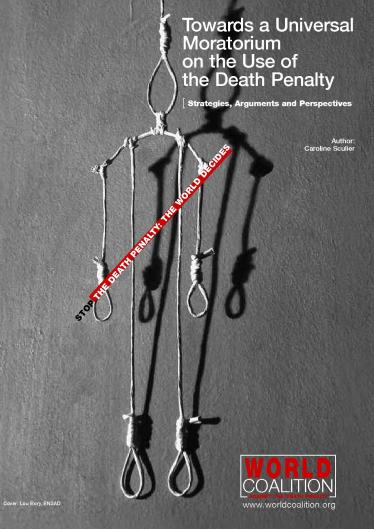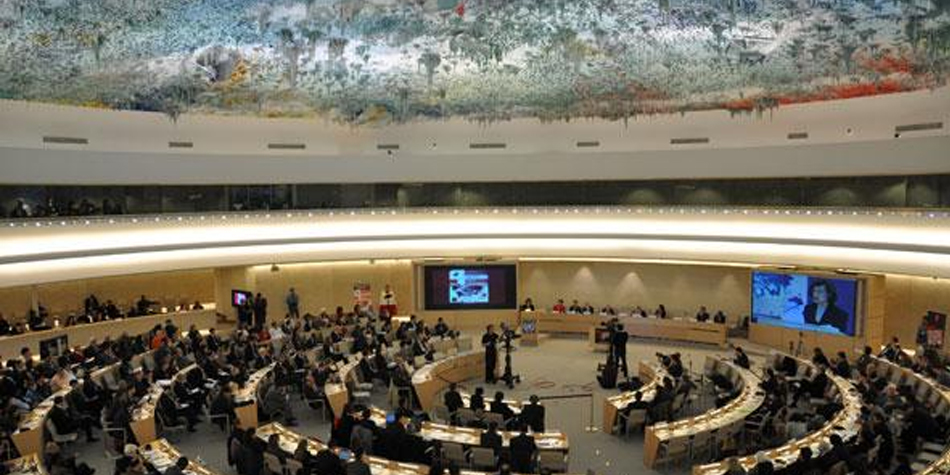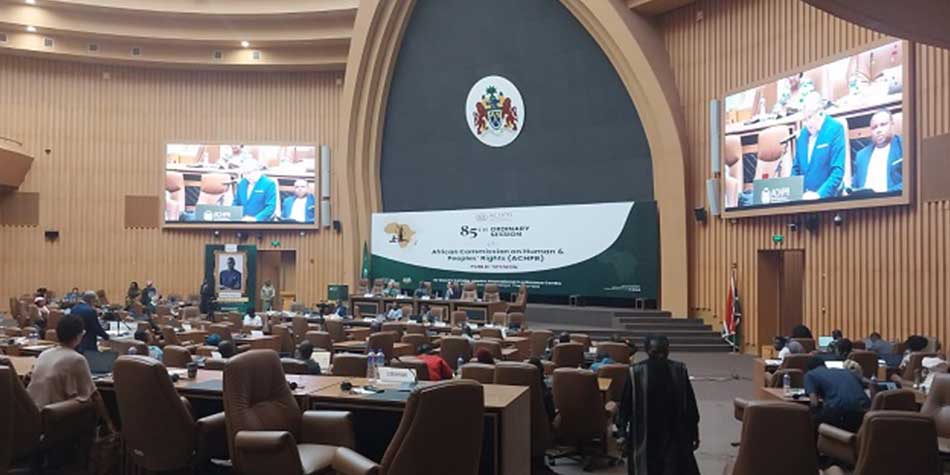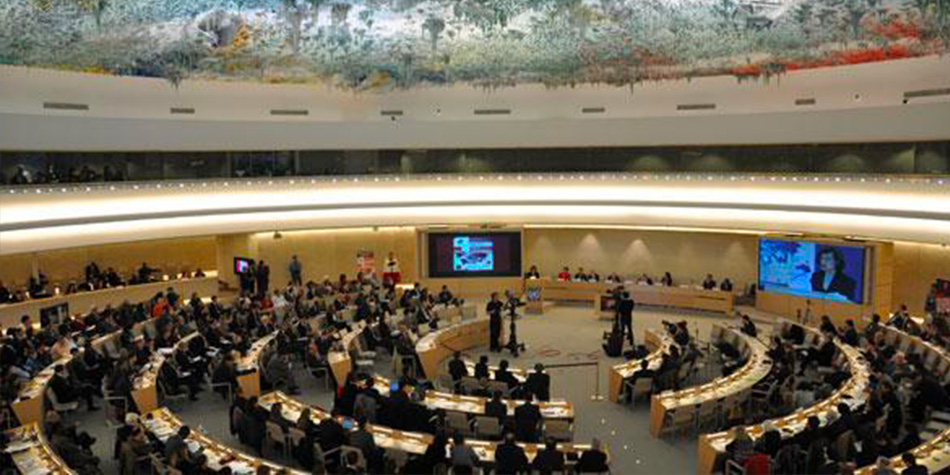
There is a very high risk of a return to the death penalty in your country.
Contact us, we are probably already working to prevent it and may join forces.
Very serious steps may have already been taken by the Executive branch (i.e. death warrants have been signed) or Members of Parliament (i.e. a bill was passed) for the death penalty to be reestablished and/or for executions to resume. Influential groups are supporting this move and civil society organizations are repressed or even shut down. The independence of the judiciary is not always respected, and the state does not always comply with its international obligations.
What you can do!
- Make sure that you and your organization are safe and check our tool on “Helpful Hints and Advice on Online Harassment,”
- Work with others. Create a network of local activists interested in working on the death penalty in your country. You may use safe technologies such as a Signal group or an emailing list hosted by a secure platform to coordinate your discussions. Regularize discussions around the death penalty; not merely discussing the topic on the eve of executions or legislation. Create a joint planning of regular meetings, online publications, advocacy actions. Share the burden of the work with several organizations.
- Identify your targets and your allies and advocate with those. They may be Members of Parliament, the National Human Rights Institution, the UN office in your country, the European delegation in your country, embassies from abolitionist countries,… Do a mapping exercise of legislators who may support you. You may use tools such as: “How to work with Parliamentarians against the Death Penalty”
- Work with existing international NGO’s and institutions to map political connections in countries at risk in order to determine who may be persuaded by local actors and who is not susceptible to political pressure or at risk. Identify existing international advocacy opportunities and submit joint alternative reports to the UN.
- Create and disseminate information, such as narratives that abolitionist actors and supporters can use to convince advocacy targets. It may take the shape of fact sheets, websites, blogs, physical pamphlets or flyers, billboards, commercials, YouTube videos, social media live events. Example of narratives: debunk myths about the death penalty (e.g. that it is an effective deterrent to crime), highlight conditions of those on death row… You may use the example of the Philippines’ leaflet “Keep the Death Penalty Abolished in the Philippines”. Other examples may be found here.
- If it is safe, coordinate public events (seminars, forums, online events) and publications. The existing World Day Against the Death Penalty is a good example of a recurring day or event to keep the topic of abolition alive. Supporters of abolition can also make the topic remain current by creating blogs, websites, via social media–Twitter, Facebook, Instagram or by submitting publications to existing media outlets or organizations. You may consider branding the abolitionist movement by using hashtags, logos, and creating accounts for specific events or groups. You may also identify networking opportunities, especially around common events on the World Day Against the Death Penalty. The mobilization kit may provide good examples of activities to conduct.
- Your country has not ratified any international and/or regional treaties to abolish the death penalty, so you may also want to put that lock in your country. To do so, join our campaign! Check if your country is not already a target country, then contact us to join forces.


